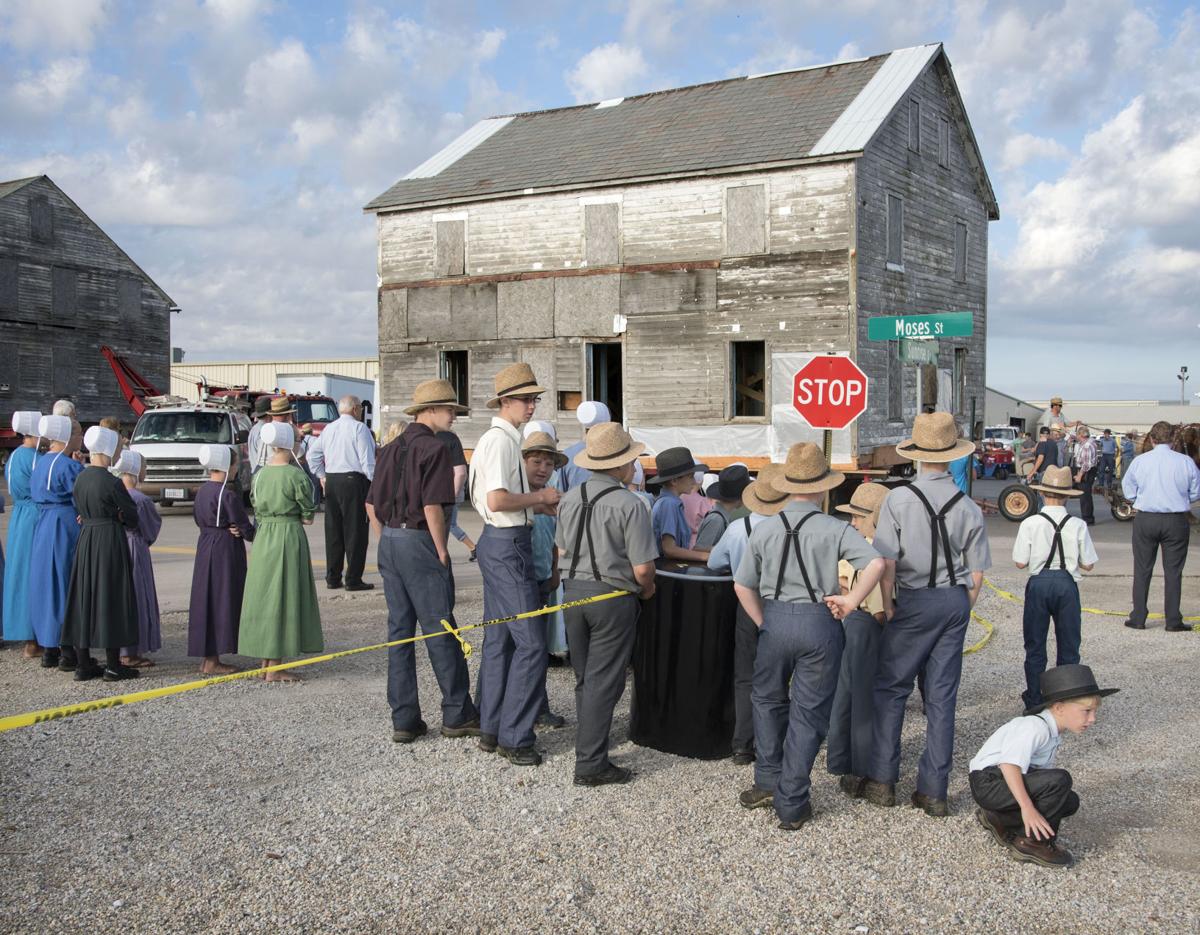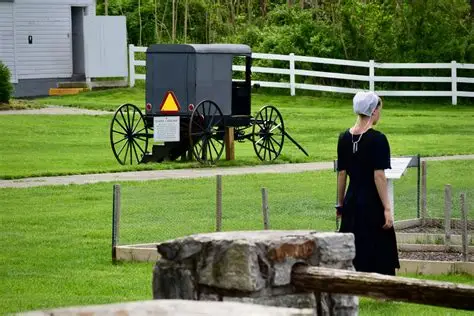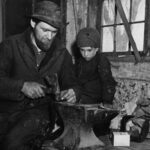Preserving Amish History Through Museums
Amish culture is rich, unique, and deeply rooted in faith, family, and tradition. Museums dedicated to Amish history play a crucial role in preserving this heritage for future generations. They document the community’s journey from Europe to America, showcase daily life, and celebrate the craftsmanship and values that define Amish society. Visiting these museums allows travelers to explore and understand a way of life that has remained remarkably consistent over centuries.
Documenting Amish Origins and Migration
Amish museums highlight the historical origins of the community in 16th-century Europe. Exhibits often detail the Anabaptist movement, early persecution in Switzerland and Germany, and the migration of Amish families to North America.
By illustrating the challenges faced by early settlers, museums convey the resilience and faith that allowed the Amish to establish thriving communities in Pennsylvania, Ohio, Indiana, and beyond. Visitors gain a sense of the struggles and triumphs that shaped Amish history.
Showcasing Daily Life and Traditions
Museums recreate Amish homes, farms, and schoolhouses to provide a realistic view of daily life. Guests can explore kitchens, bedrooms, barns, and classrooms to see how Amish families live, work, and educate their children.
Exhibits often demonstrate traditional cooking, farming, and crafting techniques. Visitors can learn how Amish families grow crops, raise animals, and produce handmade goods, emphasizing the connection between work, faith, and family in everyday life.
Preserving Crafts and Artisan Skills
Craftsmanship is central to Amish identity, and museums play a vital role in preserving these skills. Exhibits often display quilts, furniture, and woodworking projects made by Amish artisans.
Interactive workshops allow visitors to observe or participate in crafting activities. These demonstrations highlight the meticulous work, patience, and skill passed down through generations, ensuring that traditional techniques continue to thrive.
Highlighting Religious and Cultural Practices
Faith shapes every aspect of Amish life, and museums provide insights into religious beliefs, rituals, and ethical values. Exhibits often explore adult baptism, pacifism, humility, and community cooperation.
By presenting replicas of meetinghouses, religious texts, and multimedia presentations, museums educate visitors on how Amish communities maintain their spiritual and social values. Understanding these practices helps visitors appreciate the intentional simplicity that defines Amish culture.
Recording Community Life and Social Structures
Amish museums also document the social structures and communal practices that sustain the community. Visitors learn about barn raisings, community gatherings, and mutual aid systems that reinforce cooperation and cohesion.
These exhibits show how shared responsibilities and strong social bonds have allowed Amish settlements to thrive for centuries, demonstrating the importance of collaboration and collective well-being in preserving culture.
Engaging Visitors with Hands-On Experiences
Many Amish museums offer interactive elements to immerse visitors in the culture. Guests may try simple farming tasks, participate in craft workshops, or explore life-size home and schoolhouse replicas.
Hands-on experiences enhance understanding and create memorable learning opportunities. They connect visitors to the daily lives, skills, and values that have sustained Amish communities over generations.

Supporting Cultural Preservation
By visiting Amish museums, travelers actively contribute to preserving cultural heritage. Museums fund ongoing restoration projects, educational programs, and artisan support, ensuring that traditions, knowledge, and history remain accessible for future generations.
Purchasing handmade crafts or supporting museum programs helps sustain the community economically while promoting cultural continuity.
Conclusion
Amish museums serve as vital centers for preserving history, culture, and traditions. They document migration, daily life, craftsmanship, faith, and community practices, providing visitors with a comprehensive understanding of Amish society. Through interactive exhibits, restored buildings, and educational programs, these museums ensure that Amish heritage continues to thrive and inspire. By exploring these museums, travelers gain not only knowledge but also a deeper appreciation for a culture that values simplicity, resilience, and intentional living.



